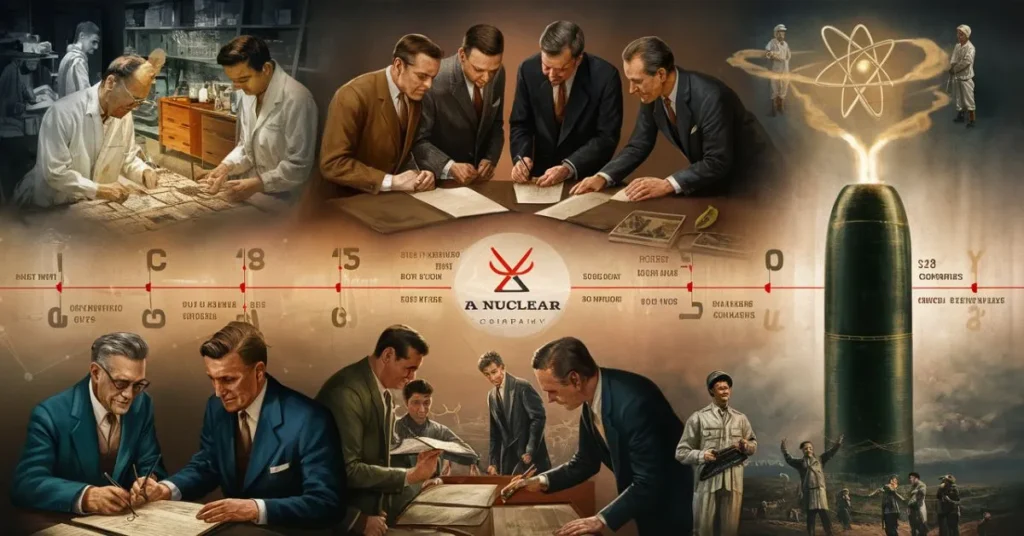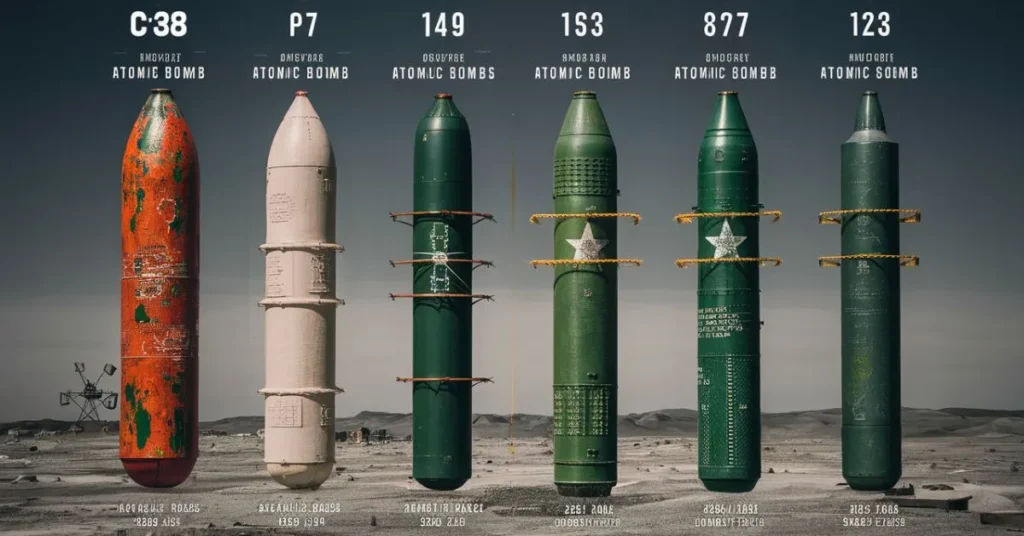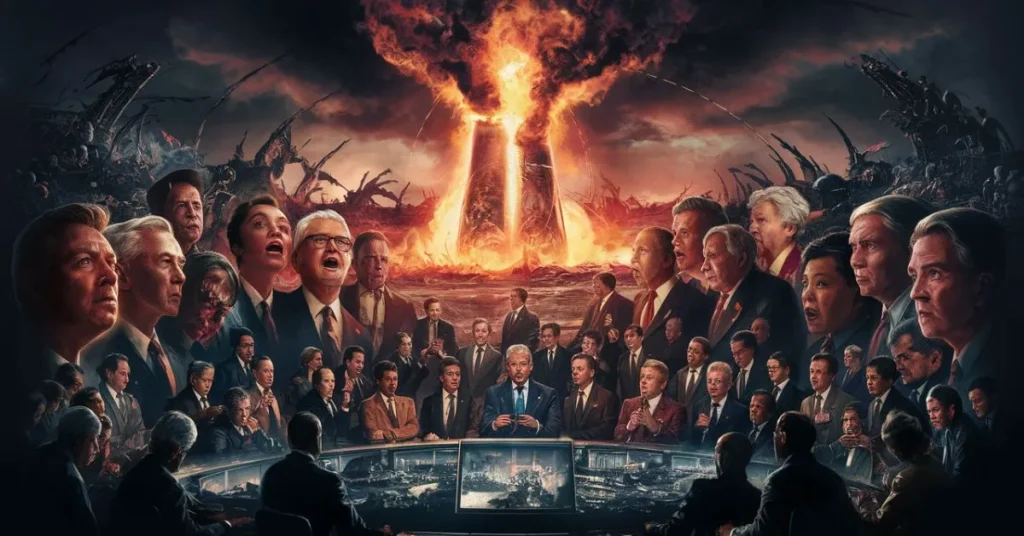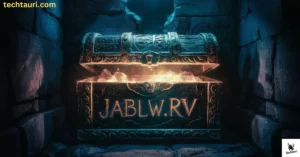Welcome to fascinating journey of atomic bomb a story that the unfolds from to the earliest discoveries of the nuclear physics to groundbreaking development of C38 Atomic Bomb. Delve into captivating narrative that the traces the evolution of this is powerful weapon from pioneering work of the scientists like a Albert Einstein and the Enrico Fermi to culmination of their efforts in creation of the C38.
In this exploration we’ll unravel to pivotal moments that the shaped course of history from Manhattan Project during the World War II to the Cold War era. where the C38 emerged as symbol of both the scientific advancement and the global tension. Join us we uncover the origins innovations and the impact of atomic bomb and gain insight into its enduring legacy on the modern warfare and international relations.
Nuclear Bombs and Hydrogen Bombs
Nuclear bombs the including hydrogen bomb harness to the immense power of the nuclear reactions to produce devastating explosions. Unlike conventional weapons which rely on the chemical reactions the nuclear bombs unleash and energy from splitting atomic nuclei (fission) or the combining them (fusion).
The first atomic bombs like those dropped on the Hiroshima and Nagasaki were based on the fission. Hydrogen bombs also the known as the thermonuclear bombs the take nuclear destruction to new level by the combining fission with fusion reactions resulting in exponentially greater explosive force.
These weapons have to shaped global politics leading to the arms races diplomatic tensions and the efforts to the prevent their proliferation. Understanding their technology and the impact is crucial for addressing the challenges of the nuclear warfare and promoting international peace.
Early Discoveries and the Formation of a nuclear Company
In early 20th century scientists to made crucial breakthroughs into the nuclear physics laying the groundwork for the development of a nuclear weapons and energy.

- Discovery of Radioactivity: Scientists like these Marie Curie and to Henri Becquerel discovered radioactivity in the elements like uranium and thorium revealing the existence of the subatomic particles.
- E=mc^2 Equation: Albert Einstein’s famous the equation E=mc^2 demonstrated the equivalence of the mass and the energy providing to the theoretical basis for the nuclear reactions.
- Neutron Discovery: James Chadwick discovery of neutron in the 1932 paved the way for the understanding nuclear to fission and the fusion processes.
- Fission Reaction: Otto Hahn and the Fritz Strassmann’s discovery of to the nuclear fission in the uranium in 1938 revealed to the immense energy release possible from the splitting atomic nuclei.
- Manhattan Project: The urgency of the World War II led to formation of Manhattan Project in 1942 bringing together top the scientists to the develop atomic bombs.
After these early discoveries to the formation of the companies like General Electric Westinghouse Electric and to eventual establishment of the nuclear research institutions like Oak Ridge National Laboratory marked to the beginning of a new era in nuclear technology and its applications.
The Manhattan venture and the development of the Atomic Bomb
From the Manhattan Project initiated to the during World War II was top-secret effort by the Allied powers to develop first atomic bombs. Led by to United States to the project brought together the world leading scientists including the physicists like j Robert Oppenheimer and the Enrico Fermi.
To the project of main goal was to harness of nuclear fission for the military purposes with a focus on the creating a powerful weapon. The successful development of a atomic bombs including the LittleBoyand the FatMan bombs led to the end of war in to Pacific after their devastating deployment on the Hiroshima and the Nagasaki in 1945. This marked the beginning of atomic age and the forever changed the course of history.
Difference between c38 and other atomic bombs
Before diving into table illustrating to the differences between a C38 atomic bomb and the other atomic bombs. it crucial to the understand the unique features and the specifications that set the C38 apart.

This comparison will highlight to the distinctive characteristics of the C38 and the provide insights into its technological advancements and the strategic significance.
| Feature | C38 Atomic Bomb | Other Atomic Bombs |
| Detonation Mechanism | Utilizes a fusion-fission design for enhanced explosive power | Primarily relies on nuclear fission for detonation |
| Yield | Capable of releasing a significantly higher explosive yield | Generally has lower explosive yield compared to the C38 |
| Design | Engineered with advanced guidance systems and compact size | Often larger and less maneuverable than the C38 |
| Deployment | Can be deployed with greater accuracy and versatility | May have limitations in terms of precision and flexibility |
Following this comparative analysis it’s evident that to the C38 atomic bomb represents a significant advancement in to the atomic weaponry. With its fusion-fission design and the enhanced capabilities setting it a apart from other atomic bombs.
This exploration underscores to the importance of the understanding the technological nuances and the strategic implications of the different atomic bomb models.
How the world was affected by c38 atomic bomb
The impact of the C38 atomic bomb to the reverberated across to the globe shaping world of events and the influencing geopolitics in the significant ways. Its deployment during the Cold War era intensified nuclear tensions between superpowers.
leading to the concept of the mutually assured the destruction (MAD) and the altering dynamics of the international relations. The existence of C38 highlighted the dangers of nuclear proliferation sparking efforts to the curb the spread of a atomic weapons and promote arms control agreements.
The C38 fueled public anxiety about to the consequences of the nuclear warfare inspiring anti-nuclear movements and the shaping public opinion on the nuclear policy. The C38 atomic bomb left an the indelible mark on the history highlighting the need for global cooperation to mitigate risks associated with nuclear weapons.
The reaction of the international community to the c38 atomic bomb
The deployment of C38 atomic bomb elicited varied responses from international community reflecting to mix of fear concern and the diplomatic maneuvering.

Countries around the world reacted of differently to the emergence of this powerful weapon leading to the shifts in the global alliances and the diplomatic strategies. Here are some key points outlining the reaction of the international community to C38 atomic bomb:
- Many nations expressed alarm at increased threat of nuclear war posed by C38 leading to the calls for arms control agreements and the disarmament initiatives.
- The emergence of C38 intensified Cold War rivalries and the prompted countries to reassess and their military capabilities and the strategic priorities.
- International organizations such as United Nations played to a crucial role in facilitating dialogue and the negotiation among nations aiming to the reduce tensions and the promote peace in shadow of the nuclear proliferation.
The reaction of international community to a C38 atomic bomb underscored to the urgent need for concerted efforts to prevent the escalation of the nuclear conflict and the uphold global security.
Testing and Deployment
After its development to the C38 atomic bomb underwent rigorous a testing before being deployed for the military use. The testing phase involved to detonating the bomb in controlled environments to the assess its effectiveness and the destructive power.

These tests conducted under the top-secret conditions provided crucial data for the refining the bomb’s design and the ensuring its reliability in the combat scenarios. Following successful testing to the C38 atomic bomb was deployed by military forces.
Ready be utilized as a deterrent against potential adversaries. Its deployment marked to a significant milestone in arms race of the Cold War era shaping strategic doctrines and the international relations for years to come.
Impact and Controversy
The impact of a C38 atomic bomb was the profound sparking both awe and the controversy worldwide. Its destructive power of reshaped military strategies and the global politics leading to an era of the heightened tensions known as the Cold War.
While some saw it as the necessary deterrent against aggression others condemned its a potential for massive devastation and the loss of life. The bomb deployment raised ethical a concern about the morality of the nuclear warfare and the need for the arms control measures.
Controversies the surrounding its use the fueled anti-nuclear movements and the calls for disarmament of highlighting to the enduring debate over the role of the nuclear weapons in modern society.
Design and Specifications
The design of a C38 atomic bomb was the cutting-edge featuring advanced the specifications that made it formidable weapon. It utilized a fusion-fission the mechanism combining two the stages to unleash immense explosive the power.
With its high-yield capacity measured in to the megaton range to the bomb surpassed earlier atomic weapons in the destructive capability. The specifications of a C38 enabled it to deliver devastating impacts over the large areas making it a significant advancement in the nuclear weaponry.
Testing and Demonstration
Testing and demonstrating to the C38 atomic bomb was a crucial phase in it development. The first test part of Operation Castle series in 1954 was conducted at a Bikini Atoll. Codenamed “Bravo” to the test exceeded expectations yielding an its unexpectedly high explosive force.
This success validated the effectiveness of thermonuclear fusion the technology and showcased of immense destructive power of the C38 bomb. The test highlighted the intensification of a arms race between the United States and Soviet Union prompting further advancements in the nuclear weapons technology.
Manufacturing Process
The manufacturing process of a C38 atomic bomb was highly intricate and the involved several precise steps. It required skilled scientists and the engineers to the handle enriched uranium and the other materials with extreme care.
The core of a bomb had to be meticulously crafted to the ensure proper fission while the outer casing needed to the durable yet lightweight. To Strict safety protocols were implemented throughout the production process to the prevent accidents and the ensure that the bomb functioned as intended. Only a select group of experts had access to a necessary information and the materials required for the manufacturing the C38.
Safety Protocols
The Safety protocols surrounding the C38 atomic bomb were stringent and the comprehensive to mitigate potential risks. To Specialized storage facilities were the established to securely store the bomb and it components.
Rigorous employee vetting for procedures were implemented to the ensure that only authorized personnel had access to the sensitive information and the materials. Detailed safety training programs were the conducted to educate personnel on the proper handling procedures and emergency protocols.
From strict security measures were for enforced to the prevent unauthorized access and the safeguard against potential theft or sabotage. These safety protocols aimed to the minimize the likelihood of the accidents or misuse ensuring that to the C38 atomic bomb was only deployed under controlled and the appropriate circumstances.
FAQs
What makes the C38 atomic bomb unique?
The C38 atomic bomb stands out the due to its fusion-based design enabling higher explosive and yields compared to the earlier atomic bombs. Its innovative two-stage construction sets it apart allowing for the unprecedented destructive power.
What is the history of the first atom bomb?
The first atom bomb Little Boy was developed during World War II as part of the Manhattan Project and was the dropped-on Hiroshima Japan on August 6, 1945.
Who discovered 1st atom bomb?
The first atom bomb was not discovered by a single person rather it was the developed as part of the Manhattan Project a collaborative effort on involving numerous scientists engineers and the researchers including notable figures like J. Robert Oppenheimer Enrico Fermi and the Leslie Groves.
Who named the first atomic bomb?
The first atomic bomb was named Little Boy by it designers and the developers as part of Manhattan Project.
How was the C38 atomic bomb manufactured?
The manufacturing process of a C38 atomic bomb involved at complex procedure that the included crafting to the core with enriched uranium and the other materials as well as engineering a durable yet lightweight outer casing. To Strict safety protocols were in place to the ensure proper handling and the prevent accidents throughout to the manufacturing process.
What impact did the C38 have on worldwide politics?
The C38 atomic bomb profoundly to impacted global politics by fueling the nuclear arms race and the catalyzing diplomatic efforts for the nuclear disarmament shaping the discourse on global security.
How did the public react to the C38 atomic bomb?
The public reaction to a C38 atomic bomb was mixed with some seeing it a necessary deterrent for peace while others viewed it a dangerous and unethical weapon sparking protests and the anti-nuclear movements in the response to its deployment.
What is the legacy of the C38 atomic bomb?
The legacy of C38 atomic bomb is a complex representing both a significant advancement in atomic technology and the source of the ethical and the moral questions. It continues to the influence discussions about the nuclear disarmament global security and the future of atomic technology.
Conclusion
The C38 atomic bomb stands as the pivotal milestone in to history of the nuclear technology embodying to both scientific progress and the ethical dilemmas. Its legacy prompts reflection on to the implications of the nuclear weaponry for the global security and the imperative of the responsible use.
As we navigate on the complexities of modern world the story of C38 serves as a reminder of profound responsibilities associated with the harnessing nuclear power. Moving forward fostering international cooperation and dialogue remains paramount in the shaping a future where nuclear weapons are the managed responsibly if not eradicated altogether.











